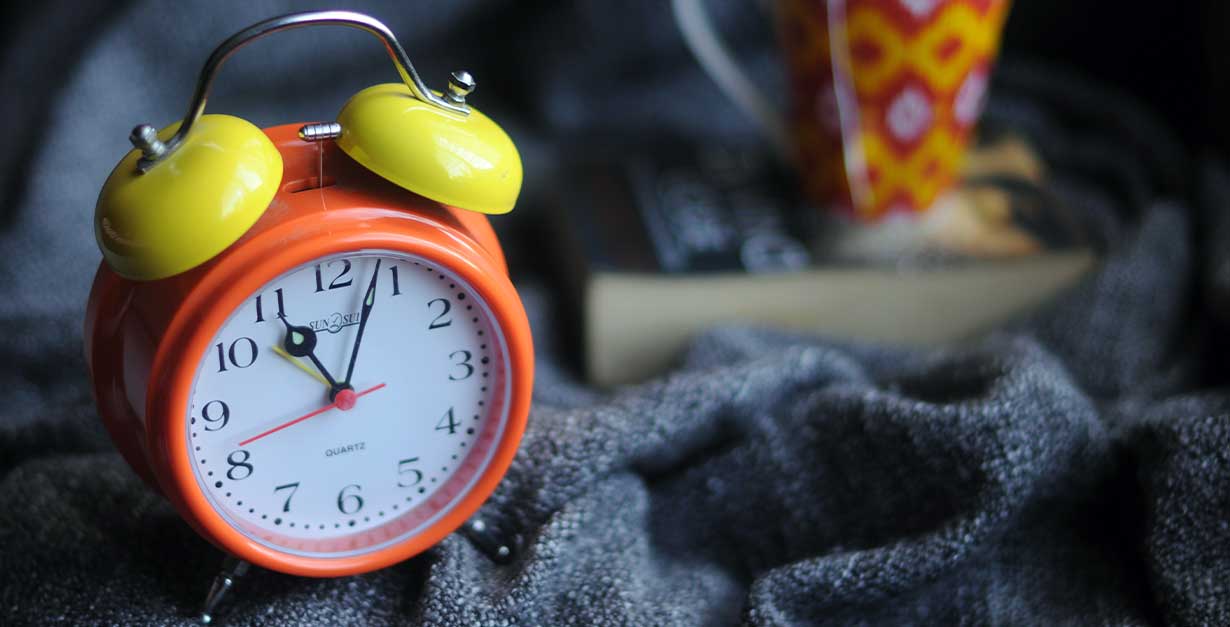Mark your calendars: On Sunday, November 2th, 2025 at 2:00 a.m. most of us need to set our clocks back one hour. In Europe the clocks fall back on October 26, 2025 at 01:00 UTC a.m.
Summer always seems to fly by. In fact, it hasn’t been summer for over a month! But with warm fall days and Halloween excitement, the end of Daylight Saving Time can really creep up on us. WHile it does mean an extra hour of sleep, it can wreak havoc on a baby’s internal clock. You can be prepared for the fall back with your baby!
- Migrate bedtime
- Adjust your schedule
- Get outside Do a Dramatic Wakeup
Babies Can get Confused When We Fall Back
Before children, many of us are able to relish in that extra hour of sleep, but as a parent, gaining an hour means that your children’s schedules are thrown off, sleep may become a challenge (for a few days, anyway), and “falling back” becomes about mitigating the inevitable overtired, cranky kids. A baby’s internal clock has gotten used to their schedule, and when we fall back, it can throw them off-schedule.
Similar to starting Daylight Savings time in the Spring, here are a few tips help your children transition to the time change this fall.
Migrate Bedtime
If you have younger children (or those that aren’t exactly go-with-the-flow), consider moving naps and bedtime 15 to 30 minutes later for two or three days leading up to the time change. Remember, what’s 7:00 p.m. today will be 8:00 p.m. to your baby after the time change, so shifting your baby’s bedtime a bit later gradually will help to mitigate frustration and exhaustion.
Remember to pay attention to your baby’s wakefulness window and watch for sleepy cues. You may find that your baby has trouble falling asleep even 10 minutes later the first day, so plan to make this switch gradually. The end goal is to have your child back to her normal bedtime by Sunday.

Adjust Your Schedule
It may feel strange, but adjusting your schedule to the new clock times on Sunday morning will help everyone to transition easier. Move your meals, naps, and bedtimes to sync with the time change. You baby may need an additional bonus nap to make it until the new bedtime.
Though your family may take a few days to completely transition, a gradual change should help to mitigate cranky, tired children.
Wondering what your schedule should look like?
Read: Sample Schedules: Sleep and Naps From 6 Months to Preschool
Take an Early Morning Walk
During the first few weeks, your children may have trouble resetting their biological clocks, or circadian rhythm. Getting outside in the sunshine for 20 to 30 minutes will allow your baby to process that it’s morning, and help to resolve any confusion with her circadian rhythm.
Dramatic Wake Up
For most children, 6:00 a.m. is a normal, and biologically appropriate time to wake up, but because of the time change, you may find that your baby is waking earlier than normal. After all, what was 6:00 a.m. yesterday is 5:00 a.m. after the time change!
Be firm with your wake-ups, and go back to the Shuffle for a few mornings to help encourage your child to stay in bed until the NEW 6:00. If light is a problem, consider investing in some blackout curtains, and even a white noise machine if your neighborhood’s noises are the culprit.
If your baby is lucky enough to sleep until it’s time to wake, then at 6:00, go into your baby’s room and use dramatic wake up to start your day and help your baby differentiate the “new” mornings.
Have an early rising problem?
Read: Early Rising in Babies and Toddlers – 10 Tips to Resolve Early Wake-Ups




